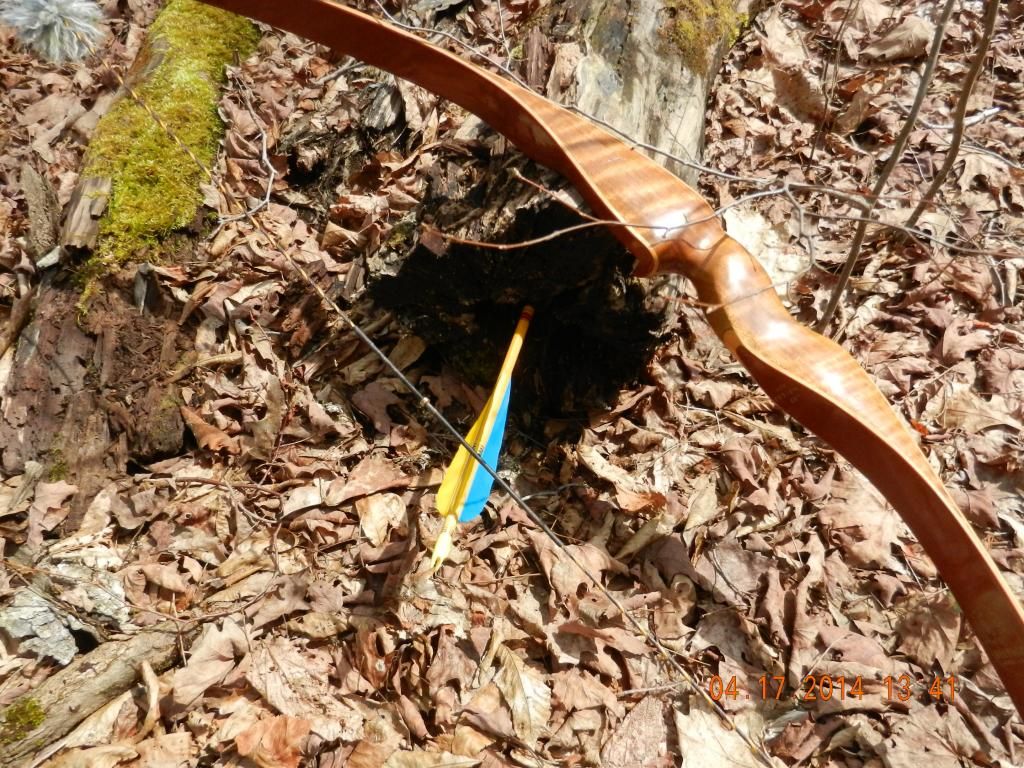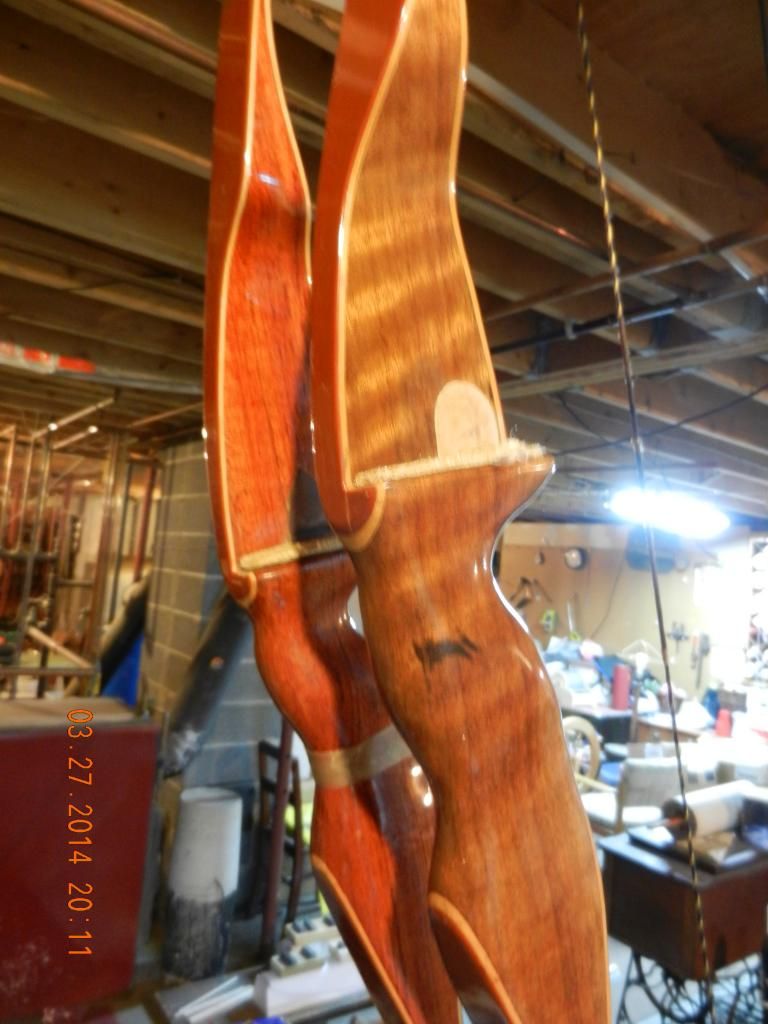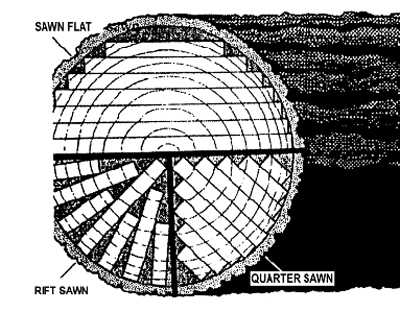FWIW:
"The South Carolina Gazette
June 1, 1745
Charleston, South Carolina
Whereas there were 300 Muskets and Bayonets brought over from Great Britain in the Alaborough Man of War. This is to give Notice the same are to be sold by Mr. Commissary Dart, at his House, at the Rate of 12 l. Currency each Musket and Bayonet. They are fine Arms, have double Bridle Locks, and Walnut Tree Stocks."
Peter Kalm, Travels in North America pg 255: June, 1749 at Albany "We lodged with a gunsmith, who told us, that the best charcoals for the forge were made of the Black Pine. The next in goodness, in his opinion, were charcoals, made of the Beech-tree.
The best and dearest stocks for his muskets were made of the wood of the wild Cherry-tree; and next to these he valued those of the Red Maple most. They scarce make use of any other wood for this purpose. The black Walnut-tree affords excellent wood for stocks; but it does not grow in the neighbourhood of Albany."
"The Pennsylvania Gazette
October 25, 1759
Paxton, Lancaster County, October 4, 1759. Borrowed or stolen, out of the House of John Harris, of Paxton Township, Lancaster County, a certain Gun, stocked with wild red Cherry Tree, about four Feet long in the Barrel, near one Foot next the Breech square, and the other Parts of the Barrel filed round,"
"The South-Carolina GAZETTE
Date: October 9, 1762
JOHN DODD
CHARLES-TOWN
ACQUAINTS his friends and Customers that he is removed a little higher in the same street. near the White Meeting, at the sign of the guns and pistols, where all gentlemen that please to employ him will be faithfully served, and with quick dispatch.
N.B. He has the best new spare barrels to suit any gun, and the best of curled walnut for stocks, and hopes for the continuance of his friend's favours."
"The South-Carolina GAZETTE
February 25, 1764
JOHN DODD, Gunsmith,
CHARLES-TOWN
BEST Dutch rifles , with moulds and wipes, flat rifle locks, from 20 sh. to £5. round ditto, brass mountings for ditto, a variety of smooth bore barrels, which, with sundry other articles in the gunsmiths way, he will sell cheap, at his shop in Meeting-street.
N.B. Said Dodd is in want of 4 or 500 feet of WALNUT PLANK, from two inches and an half, to three inches thickness, for which Nine Pounds per hundred will be given, delivered at any wharf in Charles-Town."
"The Pennsylvania Gazette
November 25, 1772
FOUR DOLLARS Reward. LOST”¦. a strong board CASE, without mark or direction, inclosing a very neat new FOWLING PIECE, 4 feet 2 inches in the barrel, 5 feet 5 inches the whole length of the gun, with a curled walnut stock, sliding loops, mounted with brass, the foresight and thumb piece silver, the maker’s name John Newcomer,"
Firearms of the American West 1803-1865 by Garavaglia & Worman: In October of 1825 William B. Astor wrote Henry, "on the subject of Rifles. ”¦.- The stocks are generally of our native Maple, or Sugar-tree, but we may wish part of them of Black Walnut."
Spence











